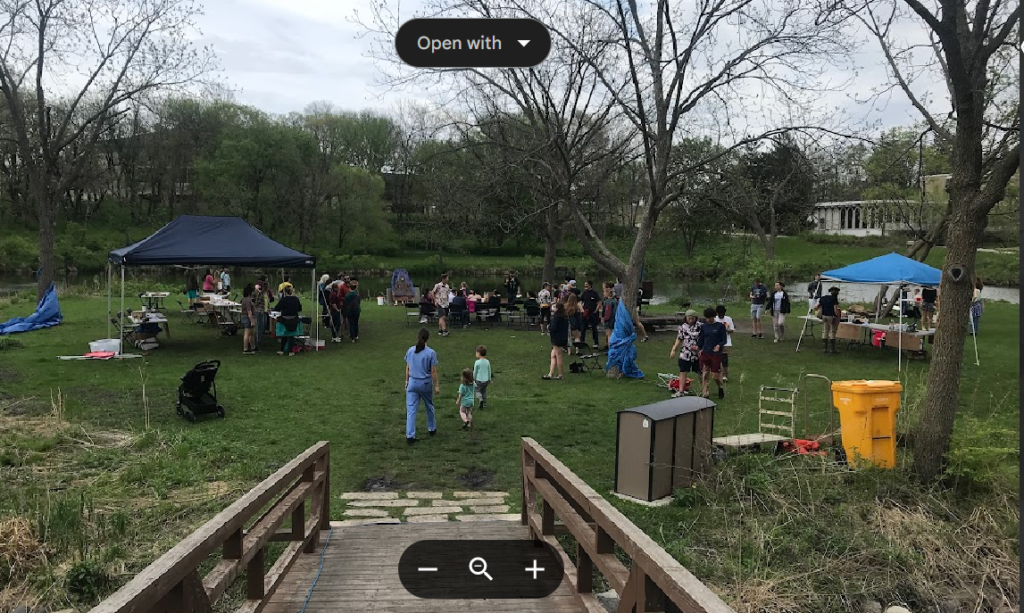 In a state that has never had a festival before in a college that was trapping beaver the semester before, Jonah really out did himself. Not only did his event draw some 300 people it laid the foundation for a second event to follow next year.
In a state that has never had a festival before in a college that was trapping beaver the semester before, Jonah really out did himself. Not only did his event draw some 300 people it laid the foundation for a second event to follow next year.
Because Dr Emily Fairfax is leaving Cal Channel islands this summer and moving to near by University of Minnesota in the department of geography, Environment and 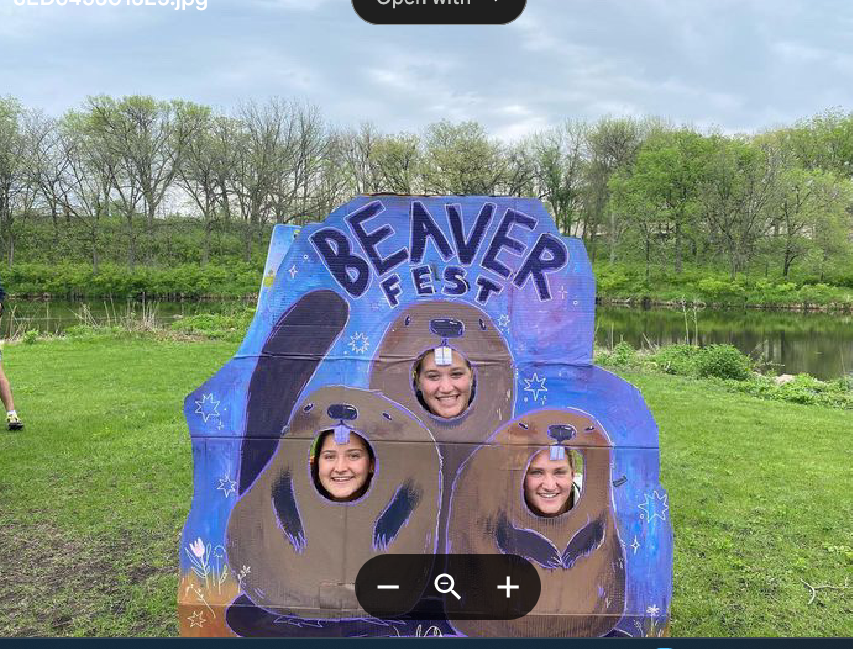 Society this fall I thought maybe they should connect, and introduced them. Jonah boldly gave her a call and was thrilled to learn that and could speak at the event.
Society this fall I thought maybe they should connect, and introduced them. Jonah boldly gave her a call and was thrilled to learn that and could speak at the event.
The rest, as they say, is history. History and very hard work on Jonah’s part. Here’s a link to the website he made for the event and the article he wrote for the Carleton newspaper.

By Jonah Docter-Loeb on May 12, 2023
 When I found out Carleton was trying to kill beavers living in Lyman Lakes, I knew I needed to save them at all costs. So, I shimmied out onto the thin ice and shook the submerged traps until I heard them snap shut with a loud clack. Carefully, I crawled back to shore, examined my work and beamed with pride; having just saved the lives of three innocent beavers.
When I found out Carleton was trying to kill beavers living in Lyman Lakes, I knew I needed to save them at all costs. So, I shimmied out onto the thin ice and shook the submerged traps until I heard them snap shut with a loud clack. Carefully, I crawled back to shore, examined my work and beamed with pride; having just saved the lives of three innocent beavers.
Then I got to know the guy who set the traps — Mike Smith — and my convictions were complicated.
I first met Mike the night before I sabotaged his traps. Late one night in Winter Term, my friend and I were walking across the lakes enjoying a blizzard when we spotted him drilling holes into the ice. Standing out in the blistering snow, we struck up a conversation.
He introduced himself as Mike, a twenty-eight-year-old Northfield native who manages a truck shop by day and traps nuisance beavers by night. He told us that Carleton called him in to get rid of the beavers after they started causing damage.
As someone who loves watching the beavers of Lyman Lakes, I was in disbelief as to why Carleton wanted to kill these remarkable rodents.
Shortly after sabotaging his traps, I received an email from Mike kindly inviting me to check the traps with him that evening. I immediately panicked and prayed he wouldn’t be able to figure out someone messed with them. I agreed to check the traps anyway, and hoped that I could write about this experience for the final project in my environmental ethics class.
The more he spoke, the more uncertain I became. Faced with beavers that were seen as a threat to student safety, Mike noted that lethal trapping was the only option since moving live beavers is illegal in Minnesota.
There’s a big difference between who I was striving to be when Martinez was saving the beaver and who I am now. Back then I didn’t know where this could be done and tried to listen to everyone. (Or at least give the give the appearance of listening to everyone.) I was desperate for the beavers to live but tried to be fair to all points of view. I did back flips to take all perspectives into account. Even though I was convinced it was possible I was constantly worried about seeming too strident and determined.
Now, today, 15 long years later, we can officially say that particular cat’s out of the bag. I’m a beaver advocate. I’m done being fair to trappers and trying to see things from the city’s point of view. Jonah can’t afford be. And he’s doing an amazing job. Sounds like Mike the trapper was a fairly good sport about the whole thing,
Still unsure of what to make of beaver trapping, I decided to dive deeper and enrolled in an independent study on the ethics of beaver management this term. I was intent on figuring out what compelled Carleton to murder the mammals living closer to the heart of campus than students living in Goodhue.
I met with the two people who made the decision to kill the beavers of Lyman Lakes: arboretum head Nancy Braker ‘81 and grounds manager Jay Stadler. After talking with them, I learned that these very kind and hardworking community members had to make a hard decision to solve a hard problem.
Beavers use trees as food and shelter, so it is no surprise that they started munching on the ones around Lyman. Using their teeth reinforced with iron, the Lyman beavers took down more than just a few saplings around the lakes. They started chomping on bigger trees, taking down some over thirty inches across. Most students probably didn’t notice the loss of these trees, in part because the grounds crew quickly removed them since huge trees with toothpicks for trunks posed a safety risk to students.
In years past, arboretum staff have been forced to wade into the muck of Spring Creek to clear the creations of Lyman’s resident engineers. Without this work, the man-made Bell Field would flood and the Goodhue-Evans bridge could be seriously damaged. Yet despite the staff’s long hours and best efforts, the nocturnal beavers had already rebuilt by the next morning.
Faced with no other feasible options, Nancy and Jay reluctantly decided to resort to trapping. They spoke with the local game warden who told them to call up Mike.
I’ve spent the past four months obsessed with the beavers. Even after talking with all the parties involved — including some one-sided conversations with the Lyman beavers themselves — I still don’t know what Carleton should do.
What I do know is that beavers are special. Just as Carleton converted farmland into prairie ecosystems, beavers shape the landscape around them to suit their needs. Faced with land-based predators, beavers evolved to build ponds, partially to access and irrigate more trees without straying too far from an aquatic escape route. In doing so, they’ve left their mark on the landscape and species of North America in ways we are only beginning to understand.
You see of course why Jonah and I hit it off. And why his first courageous steps resonate so deeply with me.
That’s why I’ve organized Beaver Fest — an event this Saturday from 1:30-4:00 p.m. on Mai Fête Island to bring together the Northfield community and have some of these difficult conversations. Beyond beaver games, donuts in the shape of beaver tails and beaver naming, we’ll also have a service project and educational booths.
Join us as we wrap trees around Lyman Lakes with metal wiring to protect them from future beaver damage. Carleton alumnus Dr. Emily Fairfax will be there to discuss her amazing research on how beavers can help fight climate change. And if you want to meet Mike and hear about responsible beaver harvesting, he’ll be there too.
 Everyone is welcome — just come with an open mind.
Everyone is welcome — just come with an open mind.
Hopefully, by the time the trapping season resumes in October, the Carleton community will have begun the “dam” hard task of finding a nuanced solution to this nuanced problem.
What a great article. Jonah your beaver journey may have been difficult and complicated but believe me when I say that you are not alone. Beavers are absorbing. They soak up every bit of space your life and attention can lend them. They are passion sponges. Nothing else in your life will ever be quite the same.
Don’t accuse me of being hyperbolic. But Jonah, I believe you have been swallowed by a whale.




 This year the artist is
This year the artist is 
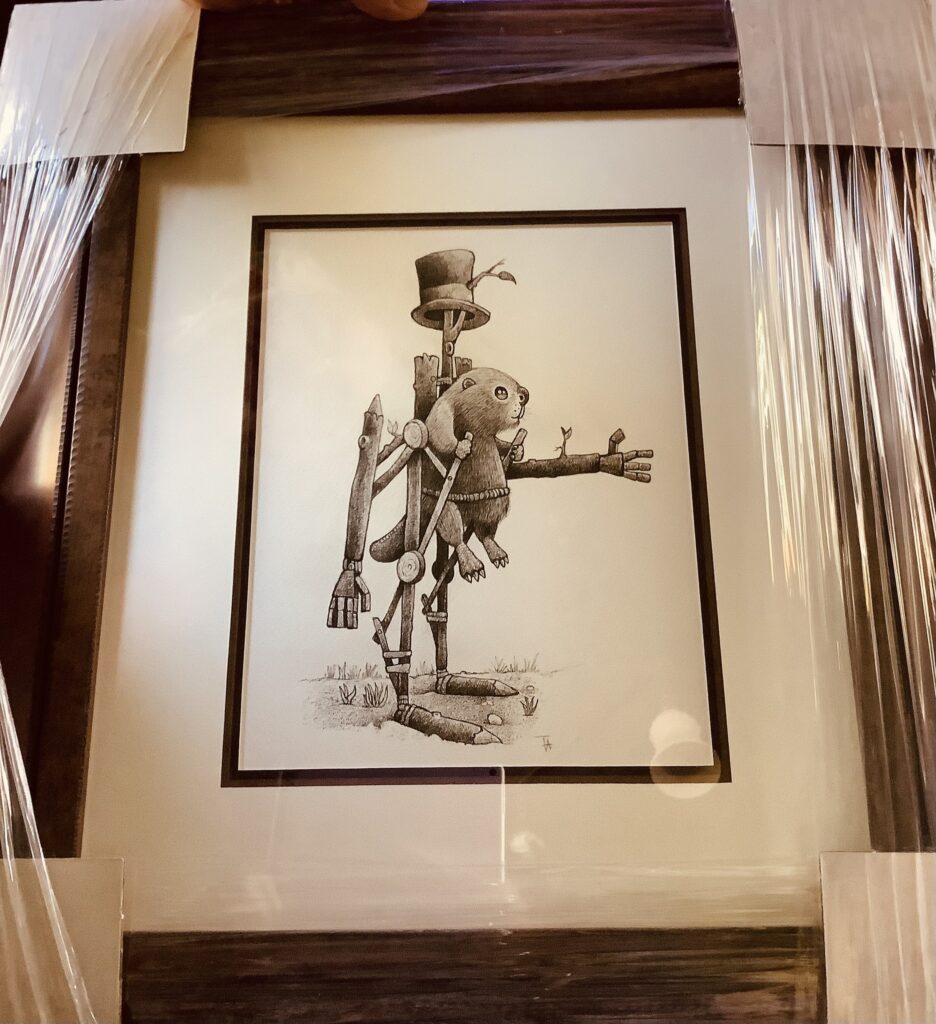
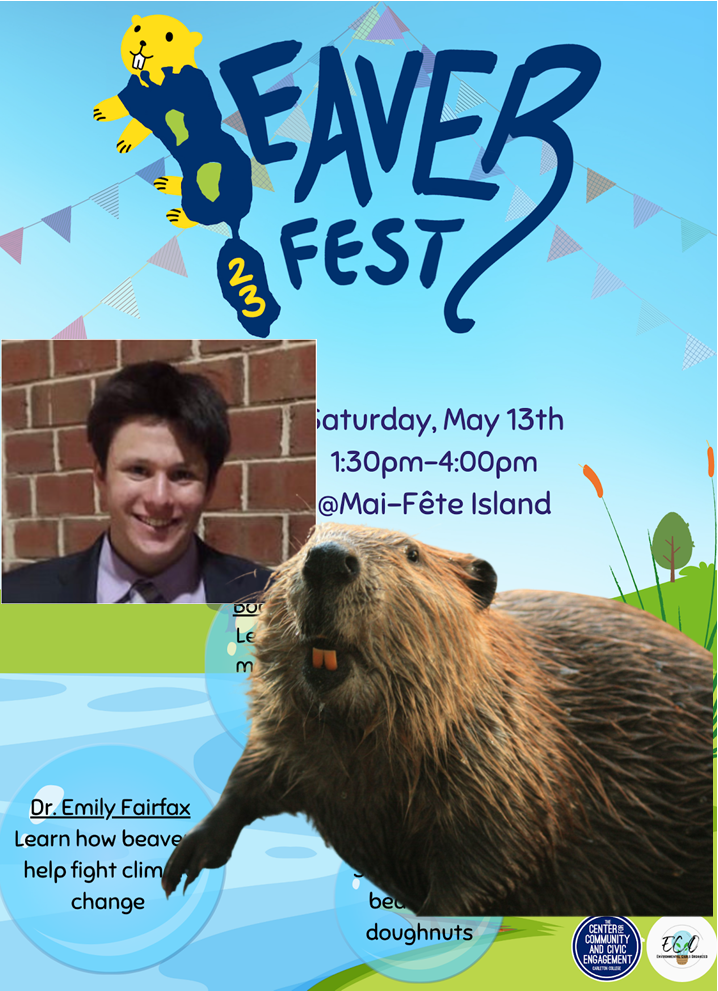 Two weeks ago I bet you didn’t know something seismic happened for the very first time.
Two weeks ago I bet you didn’t know something seismic happened for the very first time. In a state that has never had a festival before in a college that was trapping beaver the semester before, Jonah really out did himself. Not only did his event draw some 300 people it laid the foundation for a second event to follow next year.
In a state that has never had a festival before in a college that was trapping beaver the semester before, Jonah really out did himself. Not only did his event draw some 300 people it laid the foundation for a second event to follow next year. Society this fall I thought maybe they should connect, and introduced them. Jonah boldly gave her a call and was thrilled to learn that and could speak at the event.
Society this fall I thought maybe they should connect, and introduced them. Jonah boldly gave her a call and was thrilled to learn that and could speak at the event.
 When I found out Carleton was trying to kill beavers living in Lyman Lakes, I knew I needed to save them at all costs. So, I shimmied out onto the thin ice and shook the submerged traps until I heard them snap shut with a loud clack. Carefully, I crawled back to shore, examined my work and beamed with pride; having just saved the lives of three innocent beavers.
When I found out Carleton was trying to kill beavers living in Lyman Lakes, I knew I needed to save them at all costs. So, I shimmied out onto the thin ice and shook the submerged traps until I heard them snap shut with a loud clack. Carefully, I crawled back to shore, examined my work and beamed with pride; having just saved the lives of three innocent beavers. Everyone is welcome — just come with an open mind.
Everyone is welcome — just come with an open mind.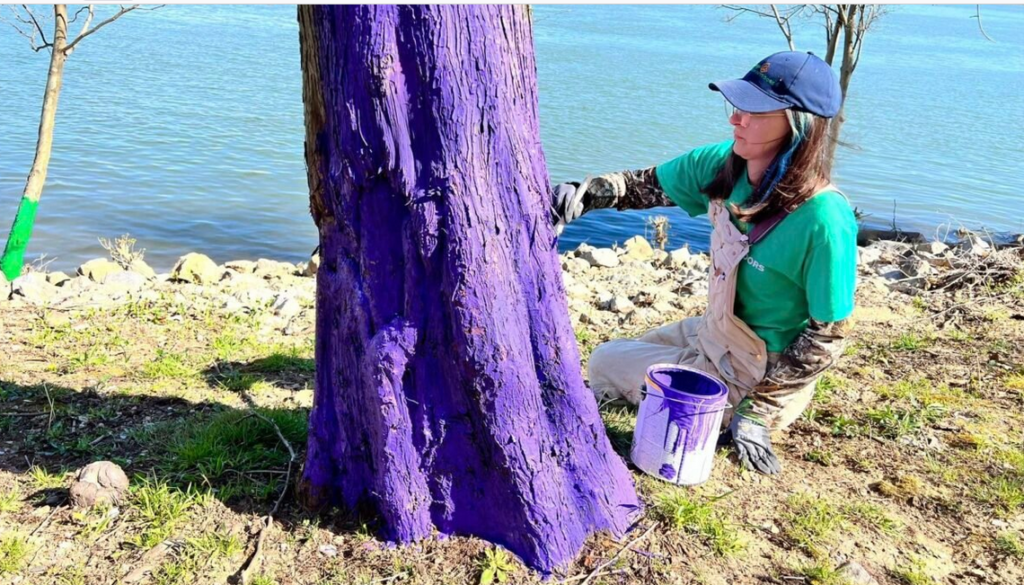 Trees in Tennessee’s Chattanooga city are being painted with non-toxic paint in a bid to prevent unnecessary beaver deaths in the US.
Trees in Tennessee’s Chattanooga city are being painted with non-toxic paint in a bid to prevent unnecessary beaver deaths in the US.



































